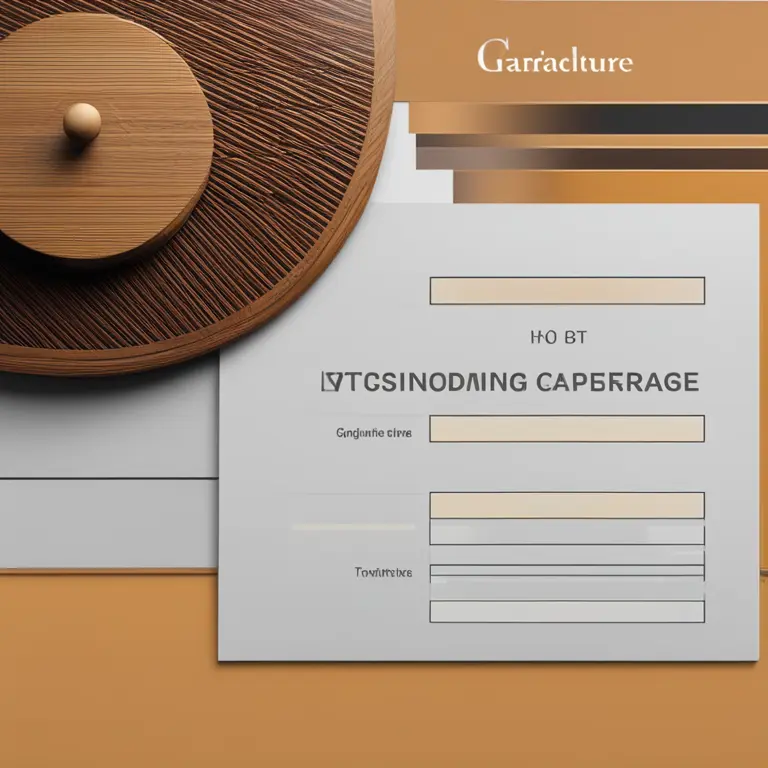
Reading Palms: Which Hand Offers More Insight?
Discover the nuances of palmistry and uncover the significance of reading the left or right hand in this insightful guide.
article by Nora Pennington
Introduction to Palmistry
Palmistry, or chiromancy, has been practiced for thousands of years, and it represents a fascinating intersection of art, science, and spirituality. This practice involves studying the palms to interpret personality traits, future forecasts, and even past events. While it integrates historical wisdom and beliefs, palmistry continues to evolve, incorporating contemporary understanding and psychological insights. As we delve into the intricate world of palm reading, a common question surfaces: Which hand should be read? The answer, while seemingly straightforward, is rich with nuance.

Right Hand vs. Left Hand
The fundamental principle in palmistry is that the left and right hands offer different insights. Traditionally, the left hand is associated with potential, personal challenges, and what might be considered an individual's destiny. This stems from the belief that the left hand is more aligned with the subconscious, internal mechanisms of our being. On the other hand, the right hand often represents the actualization of that potential, including experiences, actions and the external aspects of life that unfold through time. It's akin to a dance between ‘what can be’ and ‘what is’.

Directions for Different Genders
In some traditions within palmistry, which hand to read is influenced by gender. For men, it's frequently advised that the right hand is the primary hand for analysis, offering a vista into the external world in which they circulate. Conversely, the left hand often serves as a secondary, complementary source of insight. In contrast, for women, the left hand traditionally takes precedence, with the right hand providing supplementary nuances. This approach has historical roots but is less emphasized in modern palmistry.

The Dominant Hand Argument
With the shift toward contemporary views in palmistry, more attention is given to the concept of the dominant hand—the hand used for writing and performing most activities—as the primary hand to examine. It's considered to represent the present life, consisting of conscientious decisions, conscious efforts, and the impact of the environment. By reading this hand, one can glean insights into the life that’s actively being shaped. Dominance is believed to play a key role, as it's thought to govern the narrative that's more influential in an individual's life.
Non-Dominant Hand: The Undercurrent
Contrastingly, the non-dominant hand is often viewed as a portal to inherited traits, latent talents, and potentials that are not yet actualized. For many practitioners, this hand represents the road less traveled, perhaps revealing insights into qualities and life paths that are dormant or unexpressed. It’s considered a wealth of personal data that speaks to what could be, rather than what currently is. Thus, for a holistic reading, both hands are often examined, as they collectively provide a fuller picture of an individual.
The Balance of Both Hands
In the dynamic practice of palmistry, both hands are seen as complementary sources of information. When read together, they narrate a story of growth, exploring how innate potentials interact with personal choices and life experiences. Many modern palmists advocate for reading both hands for a more comprehensive understanding. They argue that this approach allows for a richer, more dimensional portrait of an individual's journey, revealing not just a prediction, but a conversation between one's capabilities and actual life trajectory.
Conclusion: Individualized Approach
Ultimately, the question of which hand to read in palmistry lends itself to an individualized answer. While historical and cultural traditions offer guidelines, the consensus among contemporary palmists is to adopt a flexible approach tailored to the individual sitter. Context, personal beliefs, and specific questions may influence this choice, affirming that palmistry is a practice as distinct and unique as the lines on each person's palm. As we continue to seek self-understanding and perhaps a glimpse into our futures, palmistry remains a deeply personal and intriguing art.
Published: 2/1/2024
Modified: 2/1/2024
More predictions
Come back here soon to learn more about yourself and your future


The Palmistry Success Line: A Guide to Your Achievements
Discover the insights your hands offer about personal triumphs and professional achievements through the intriguing study of the palmistry success line.


An Introduction to Palmistry: Insights from Your Hands
Discover the art of palm reading and how the lines and shapes of your hands can reveal personal insights and future possibilities.


The Art of Palmistry: A Beginner's Guide
Delve into the basics of palmistry and learn how the lines on your hands can reveal insights about your life and personality in this concise guide.